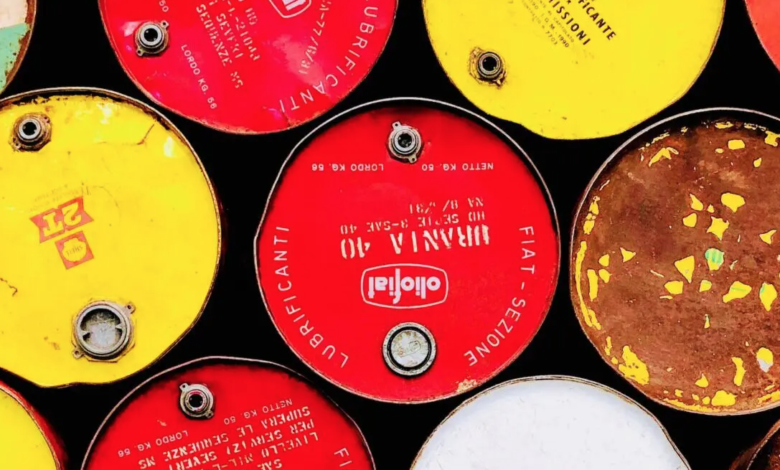Fossil emissions, to cut them by 60% just the extra-profits

IEA’s new report on the reduction of fossil emissions to 2030
– The oil & gas industry can cut fossil emissions by 60% by the end of the decade and spend a part of the extra-profits made in 2022 only. With a $600 billion investment in the next seven years, fossil companies can reduce the emissive intensity of their operations by 50%. If we add up the decreases resulting from the lower consumption forecast for 2030, the reduction in emissions reaches 60%.
This is supported by the International Energy Agency in a report published recently, where it identifies five priority areas of intervention for the oil and gas sector. It is in these areas that investments should be concentrated in order to maximise the potential for reducing emissions in the sector.
Priorities for cutting fossil emissions
In the first place, the body based in Paris puts tackle the methane emissions, which is accompanied by another point: eliminate all flaring (the practice that consists of burning a part of gas at the plants) not emergency. “A variety of technologies and measures already in place could cut these emissions by 75% in a very short period of time. And it is cost-effective: the majority of the required expenses can simply be repaid by the sale of the captured gas”, comments IEA director Fathi Birol.
Next comes the electrification of upstream facilities with low-emission electricity, equipping oil and gas processes with carbon capture, utilization and storage systems (CCUS technologies), and expanding the use of low-emission hydrogen in refineries.
The extraction of oil and gas from underground, its processing and distribution to final consumers are activities that represent almost 15% of global emissions related to energy. That is to say more than all emissions generated by the United States, double the annual emissions of the entire European Union.





